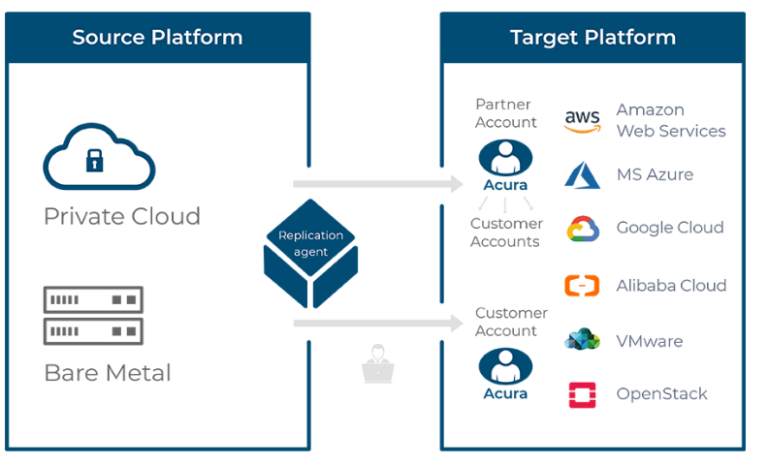
Infrastructure Management
A-Smarthub provides world class Infrastructure Management as a service for essential operation components, such as policies, processes, equipment, data, human resources, and external contacts to improve the overall efficiency and letting its customers concentrate on the business objective.
Manage Cloud Services
Public Cloud Management AWS, Microsoft Azure,Google Cloud,
Oracle Cloud,
Private Cloud Management,
Data Center Setup & Management
Infrastructure Procurement
Desktop & LaptopsServers
Set up and Maintenance
Remote Infrastructure Services
Service DeskEnd point Management
Asset Management
Patch Management
Facility Management Services
Streamlining processesSupporting people
Managing projects
Integrating technology
Cloud Migration
The Migration Process
The four-phase migration process is designed to help your organization approach a migration of tens, hundreds, or thousands of applications. While each phase is a common component of a successful migration, they are not discrete phases, but an iterative process. As you iterate and migrate more applications, you will be able to drive repeatability and predictability in processes and procedures, and find that the migration process accelerates.
- Assessment
- Readiness and Planning
- Migrations
- Operations and Optimizations
Assesssment
At the start of your journey, you identify your organization’s current readiness for operating in the cloud and the potential business outcomes for the migration. An initial understanding of your existing environment is necessary to develop a business case for migration. Through data on actual utilization of your on-premises resources, you can create a more accurate forecast of the total cost of ownership (TCO) to run these workloads
Readiness and Planning
During this phase, you address gaps in your organization’s readiness that were uncovered in the assessment phase. You analyze your environment, create a map of interdependencies, and determine migration strategies (e.g. lift-and-shift, re-platform, etc.) to build a detailed migration plan with priorities for each application
Migration
In this phase, the focus shifts from the portfolio level to the individual application. Each application is designed, migrated, and validated. You will need the capability to automatically migrate thousands of applications from different source environments (physical, virtual, and cloud-based).


Operations and Optimizations
As applications are migrated, you optimize your new foundation, turn off old systems, and constantly iterate towards a modern operating model.
At this stage, you need to efficiently operate, manage and optimize workloads in the cloud. Ideally, you build off the foundational expertise you already developed. If not, use your first few application migrations to develop that foundation to improve and sophisticate your operating model.
Platform Revolution

Platform Revolution
Multi-sided platforms are conquering various industries, powered by the rise of technologies that open the space for some new forms of consumption and innovative and disruptive business models
Facebook, PayPal, Alibaba, Uber— these seemingly disparate companies have upended entire industries by harnessing a single phenomenon: the platform business model.
We are pioneers in building such platforms with deep insights into what it takes.
Digital Workforce
Digital Workforce
We’re in the midst of a significant transformation regarding the way we produce products thanks to the digitization of manufacturing. This transition is so compelling that it is being called Industry 4.0 to represent the fourth revolution that has occurred in manufacturing. From the first industrial revolution (mechanization through water and steam power) to the mass production and assembly lines using electricity in the second, the fourth industrial revolution will take what was started in the third with the adoption of computers and automation and enhance it with smart and autonomous systems fueled by data and machine learning.
Digital Workforce – most enterprises have started exploring how to best deploy robotics solutions into their organisations to commercialize data, simplify consumer interactions and improve customer service, and to drive wave after wave of continuous improvement and quality standards into operational and back office processes.


